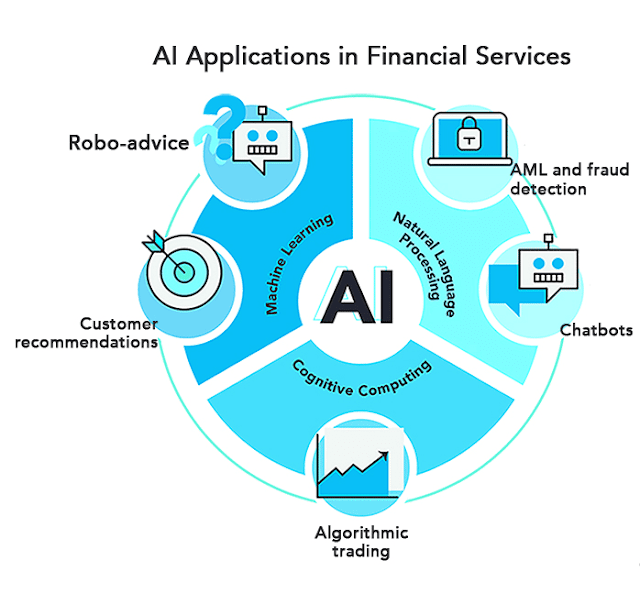Investing in the stockInvesting in the stock
Investing in the stock market can be a rewarding way to grow your wealth over time, but it's important to approach it with careful consideration and a well-thought-out strategy. Here's a step-by-step guide on how to invest in the stock market:null
Educate Yourself: Before diving in, take the time to learn the basics of investing. Understand key concepts like stocks, bonds, mutual funds, ETFs, risk management, and diversification.
Set Clear Goals: Determine your investment objectives, whether it's saving for retirement, buying a house, or funding your children's education. Your goals will influence your investment strategy.
Assess Your Risk Tolerance: Understand how much risk you are comfortable with. Younger investors often have a higher risk tolerance as they have more time to recover from any losses, while older investors may prefer lower-risk investments.
Create a Budget: Assess your financial situation and determine how much you can afford to invest. Create a budget that allows you to invest regularly without compromising your other financial obligations.
Choose an Investment Account: Decide whether you want to invest through a retirement account like a 401(k) or IRA, or a taxable brokerage account. Each has its advantages and tax implications.
Select Investments: Research different stocks, mutual funds, and ETFs to build a diversified portfolio. Consider factors like historical performance, fees, management team, and investment philosophy.
Start Small and Diversify: Begin with a small amount of money, especially if you're new to investing. Diversify your investments across different asset classes and industries to reduce risk.
Monitor and Rebalance: Keep track of your investments regularly and make adjustments as needed. Rebalance your portfolio periodically to maintain your desired asset allocation.
Stay Informed: Stay updated on market trends, economic news, and company performance. However, avoid making impulsive decisions based on short-term fluctuations.
Stay Disciplined: Investing is a long-term endeavor, so stick to your investment plan even during periods of market volatility. Avoid emotional reactions to market movements and focus on your long-term goals.
Consider Professional Advice: If you're uncertain about investing on your own, consider seeking advice from a financial advisor. They can help you develop a personalized investment plan based on your goals and risk tolerance.
Continuously Learn and Adapt: The stock market is dynamic, so continue to educate yourself and adapt your investment strategy as needed. Stay open to new opportunities and adjust your approach based on changing market conditions.












.jpg)

